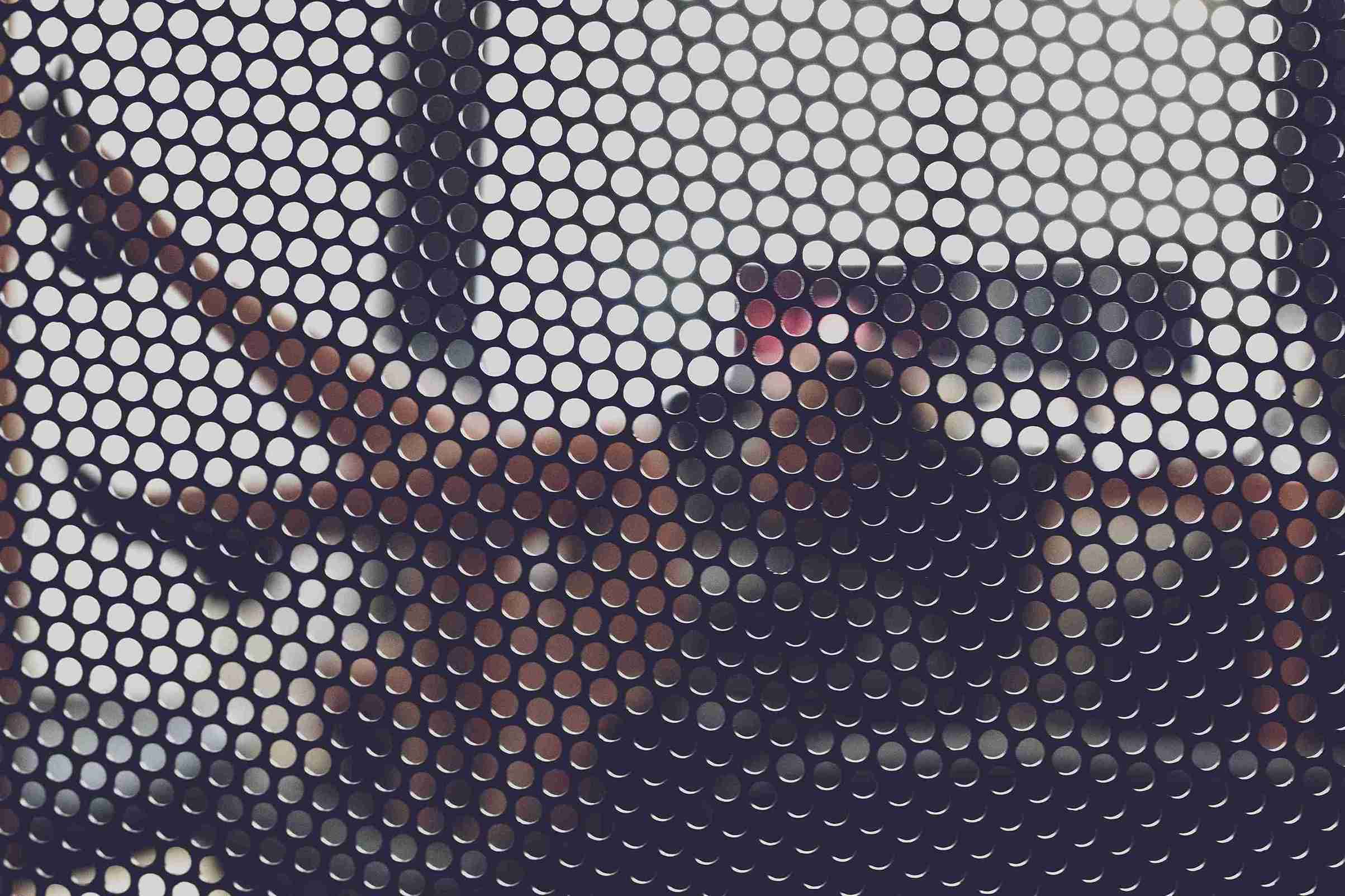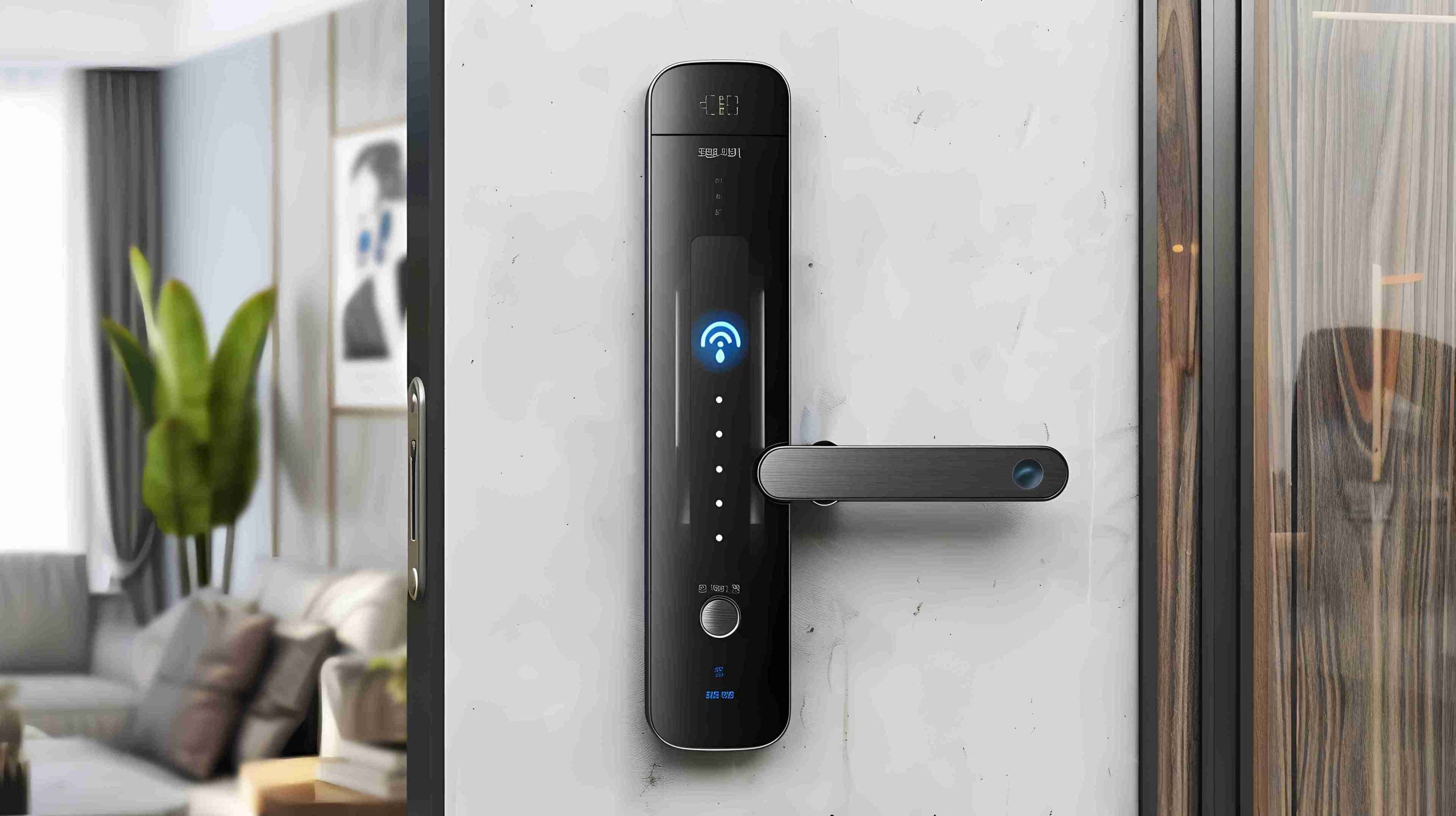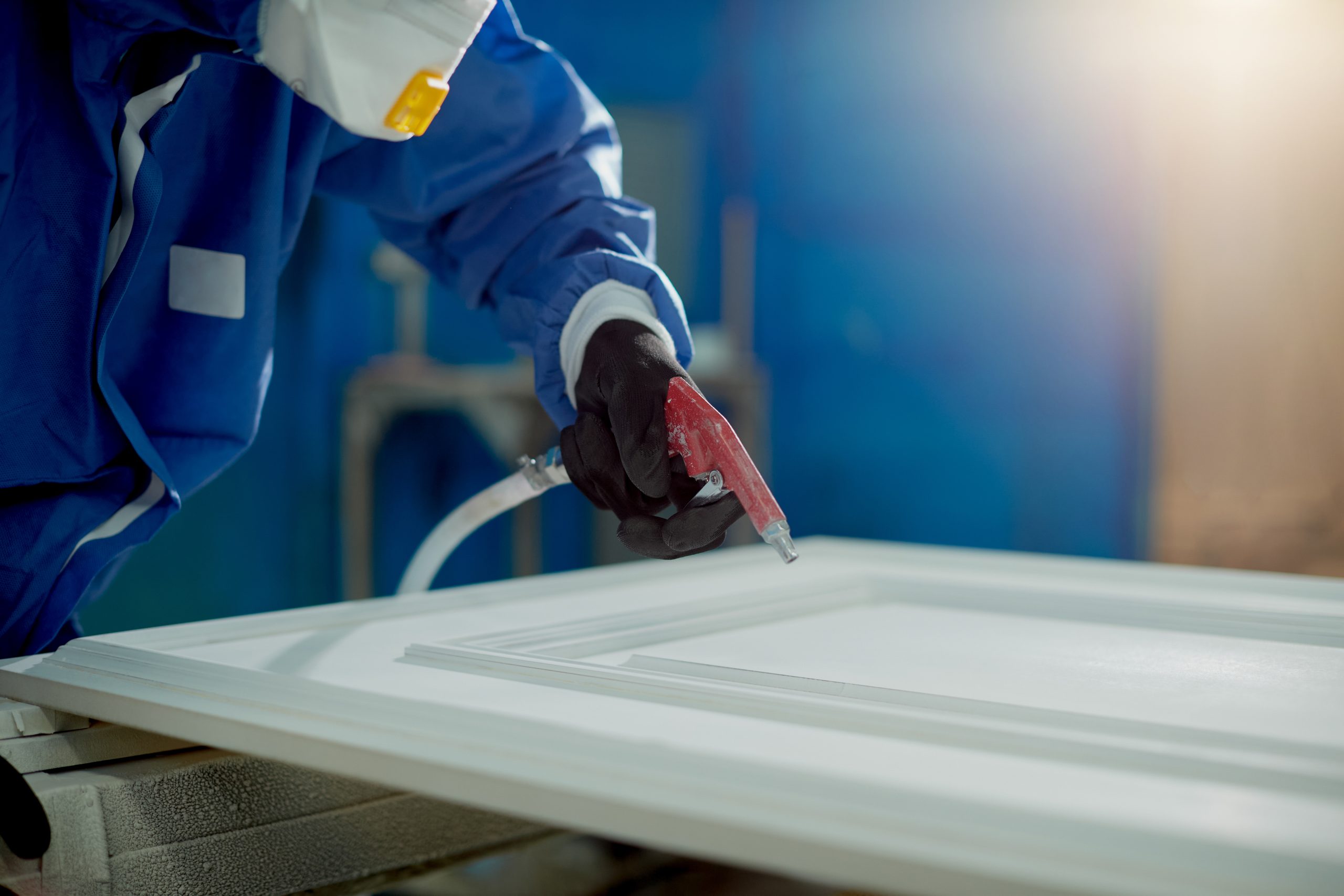Introduction
Many homeowners question whether refinishing engineered wood floors will compromise their durability. Engineered hardwood panels offer stability, but their thin veneer limits sanding. In this guide, we’ll explain when a hardwood refinish is appropriate, compare DIY refinishing engineered wood floors to professional services, and explore fast overlay options for a renewed surface.
Understanding Engineered Hardwood Flooring Refinishing
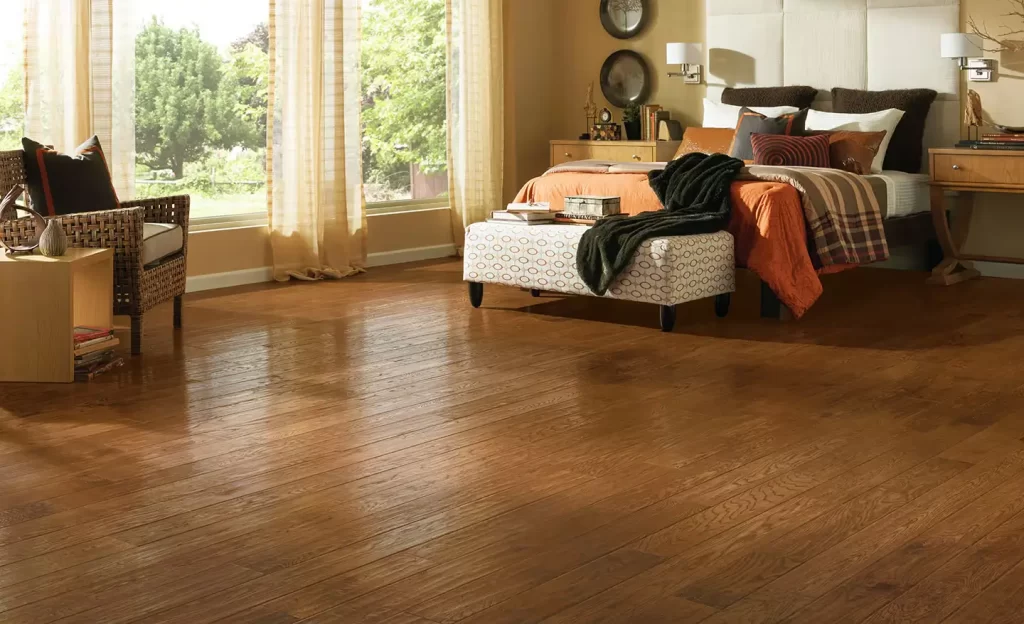
What Is Engineered Wood?
Engineered wood flooring consists of a real hardwood veneer layer bonded to multiple plywood or high-density fiberboard (HDF) layers. This cross-ply construction grants stability against expansion and contraction—ideal for basements or over concrete slab areas. However, the wear layer thickness (often 2–6 mm) determines how many times you can safely sand engineered wood floors without exposing the core.
- Solid Hardwood: Full-thickness hardwood, sandable indefinitely.
- Engineered Hardwood: Real wood veneer over plywood or HDF core, sandable only as veneer allows.
Refinishing vs. Resurfacing
Before you start, it’s crucial to differentiate two processes:
- Refinishing Engineered Hardwood Flooring
- It involves deep sanding through the existing finish and veneer to bare wood.
- Followed by staining engineered hardwood (optional) and applying a new topcoat.
- Requires at least 2 mm of veneer; risks veneer burnout if thicker grit exceeds safe depth.
- Hardwood Floor Resurfacing (Screen & Recoat)
- Light abrasion to scuff old finish, then reapply finish—no veneer removal.
- Ideal for floors with worn but structurally sound surfaces.
- Quicker and more economical than full sanding; often called flooring refinishing by pros.
Key Limitations
- Veneer <2 mm: Only resurfacing recommended.
- Veneer 2–4 mm: One full refinishing possible.
- Veneer > 4 mm: May support two full sandings, but verify manufacturer guidelines.
Signs Your Floors Need a Redo
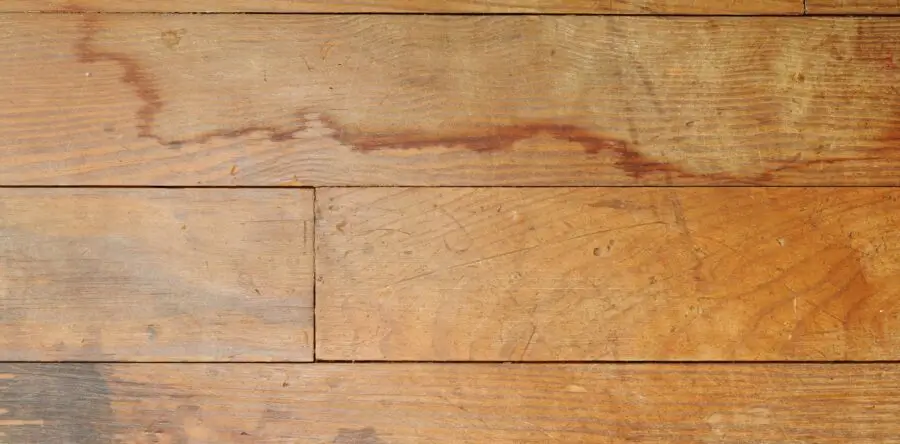
Visual Indicators
Knowing when to refinish engineered floors hinges on identifying wear signs early.
- Worn Finish & Fading: High-traffic areas lose sheen.
- Deep Scratches & Gouges: Visible wood exposed beneath finish.
- Water Stains & Discoloration: Finish layer compromised.
Tip: Photograph your floor under different lighting to spot subtle dull spots.
Structural Issues
Some problems require more than just refinishing:
- Loose or Creaky Boards: Nail or glue failures need engineered hardwood floor repair.
- Warping & Gapping: Moisture damage may demand board replacement rather than sanding.
- Peeling or Delamination: Veneer separation from the core cannot be fixed by refinishing.
If these issues occur, consider professional hardwood restoration near me before investing in a full sand and finish.
DIY vs. Professional Refinishing
DIY Refinishing Engineered Hardwood Floors
Pros & Cons
Pros
- Lower cost (materials only).
- Personal satisfaction from completing a wood floor redo yourself.
Cons
- High risk of oversanding through thin veneer.
- Requires rental of heavy equipment.
- Steeper learning curve; mistakes visible.
Tools & Materials Needed
- Floor Sander & Edger: Drum or orbital sander.
- Sandpaper Grits: Start with 36–60 grit; finish with 100–120 grit.
- Vacuum & Dust Masks: Crucial for dust control.
- Stain & UV‑Cured or Waterborne Finish: For polishing engineered hardwood floors.
- Buffers: For polishing and leveling between coats.
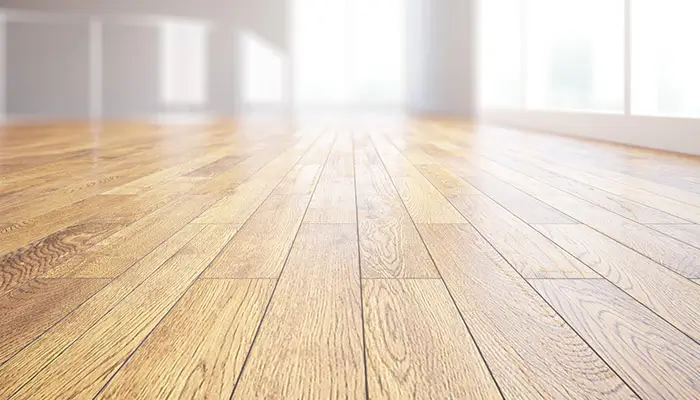
Step-by-Step Guide
- Preparation & Cleaning
- Remove furniture; repair loose boards.
- Fill gaps with wood-colored filler.
- Sanding
- Sand engineered hardwood with coarse grit; progress to fine grit.
- Avoid staying in one spot.
- Edge Sanding
- Carefully use an orbital sander at the edges; match grit transitions.
- Dust Removal
- Vacuum thoroughly; wipe with tack cloth.
- Staining & Finishing
- Apply stain evenly (staining engineered hardwood); wipe off excess.
- Let dry per manufacturer instructions.
- Apply 2–3 coats of polyurethane or waterborne finish.
- Polishing
- Light buff between coats for smooth hardwood floor resurfacing.
- Let it cure 48–72 hours before light use.
Hiring a Professional
When to Call Experts
- Veneer <2 mm.
- Large areas (500+ sq ft).
- Complex layouts or multi-room jobs.
- When you notice structural issues (warping or delamination).
Finding Pros
- Search “hardwood restoration near me” for certified installers.
- Verify credentials through the National Wood Flooring Association (NWFA).
Cost Comparison Table
| Service Type | Avg. Cost per Sq. Ft | Includes | DIY Risk Level |
|---|---|---|---|
| DIY (Materials Only) | $1–$3 | Sander rental + finish | Medium–High |
| Pro Screen & Recoat | $2–$5 | Light sand + 1–2 coats finish | Low |
| Pro Full Sand & Refinish | $3–$8 | Deep sanding + stain + 3–4 coats | Very Low |
Note: Prices vary by region and flooring complexity.
Alternative Resurfacing Methods
Paint & Stain Alternatives
- Paint Engineered Wood
- A quick visual update with floor-grade paint.
- Pros: Low cost, DIY-friendly.
- Cons: Covers wood grain; may chip under heavy use.
- Resurfacing with Stain Kits
- Restore color without deep sanding.
- Often paired with tinted finishes.
Overlay & Floating Floor Options
- Laminate or Luxury Vinyl Planks (LVP)
- Install over existing engineered floors without sanding.
- Great for renters or budget projects.
- Floating Engineered Overlay
- A thin engineered layer is glued or floated on top.
- Eliminates dust and tear-out.
Spot Repairs
- Fixing Engineered Hardwood Floors
- Use wood filler and touch-up markers for isolated scratches.
- Buff lightly and apply a small finish coat.
Maintenance Tips to Prolong Finish
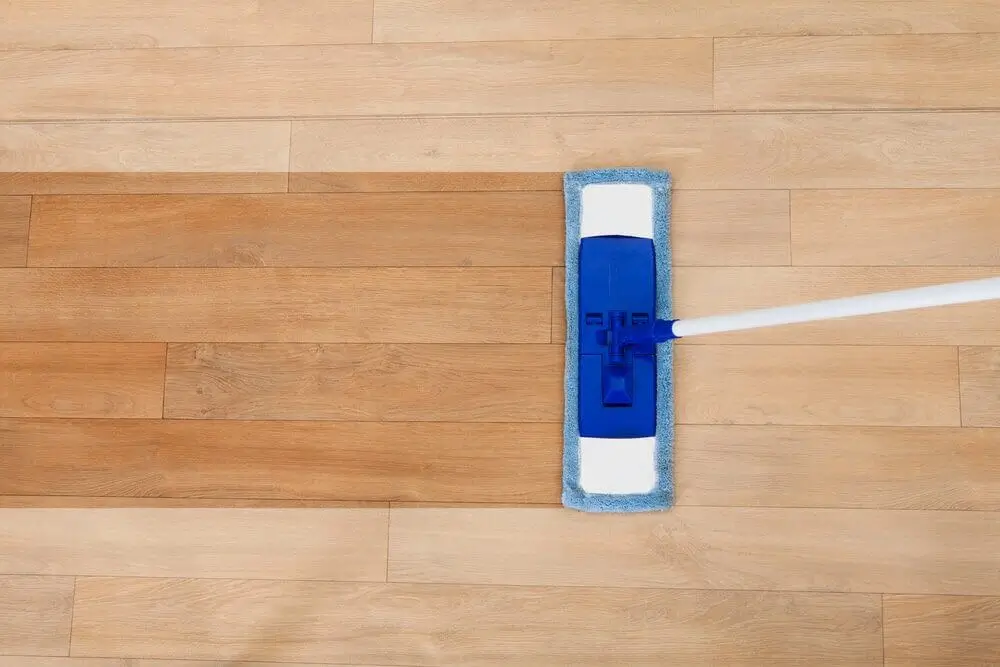
Routine Care
- Cleaning Engineered Wood Floors
- Use pH-neutral cleaners; avoid harsh chemicals.
- Microfiber mops reduce surface scratches.
- Preventive Measures
- Place mats at entryways.
- Use felt pads under furniture legs.
- Wipe spills immediately to prevent water stains.
Environmental Control
- Maintain indoor humidity at 35–55% to minimize warping.
- Use humidifiers in dry winters and dehumidifiers in humid summers.
When to Recoat vs. Refinish
- Light Scuffs & Dull Spots: Screen and recoat (cost-effective flooring refinish).
- Deep Damage & Color Change Desired: Full wood floor redo with sanding and new stain.
FQAS
Can engineered hardwood floors be refinished?
Yes, engineered hardwood floors can be refinished, but it depends on the thickness of the top veneer layer. Most engineered planks can handle one to two rounds of sanding and refinishing. Always check the manufacturer’s specifications before proceeding.
Can you refinish engineered wood floors more than once?
In most cases, you can refinish engineered wood floors once or twice. Floors with a veneer layer thicker than 2mm are generally safe to refinish. Thin veneers (under 1.5mm) may not tolerate sanding and are better suited for overlay options like screen and recoat or painting.
Can you sand engineered hardwood floors?
Yes, but only if the wear layer is thick enough. Sanding engineered hardwood floors is safe when the top veneer is at least 2–4mm. Sanding too deeply can expose the core layers, which may permanently damage the flooring.
Can you restain engineered wood floors?
Yes, you can restain engineered wood floors if the top layer is sanded properly and clean of existing finish. Choose a stain compatible with your flooring’s species. Keep in mind that darker stains work best on thicker veneers for even absorption.
Can you refinish veneer?
Veneer can be refinished, but only under specific conditions. Since it’s a thin layer of real wood, light sanding is crucial. Avoid deep sanding to prevent damaging the base layer. In some cases, polishing or recoating is a safer option.
Can you paint engineered wood?
Yes, you can paint engineered wood, especially if refinishing isn’t feasible. Use a bonding primer and high-quality floor paint for durability. While painting doesn’t restore wood grain, it offers a budget-friendly refresh with a modern twist.
How many times can you refinish hardwood floors?
Solid hardwood floors can be refinished multiple times—up to 4–6, depending on thickness. In contrast, engineered hardwood flooring refinishing is limited by the wear layer, typically allowing 1–2 refinishings.
Can you refinish engineered flooring yourself?
Yes, DIY refinishing engineered wood floors is possible with the right tools and care. Use an orbital sander and avoid aggressive sanding. If you’re unsure, hire a professional to avoid costly mistakes.
How long does engineered hardwood last?
With proper maintenance, engineered hardwood floors can last 20 to 30 years. Refinishing or recoating when signs of wear appear can extend their lifespan even further.
Can you stain manufactured wood?
Generally, no. Manufactured wood like laminate or MDF lacks a real wood veneer, so it cannot absorb stain effectively. If you want a new look, painting is usually a better option than staining.
How do I know when to refinish or replace?
If your engineered wood floor has deep scratches, fading, or a worn finish but the veneer is still intact, refinishing is a smart choice. However, if the veneer is too thin or the damage reaches the core, replacement or overlay options may be better.
Conclusion
You can refinish engineered wood floors, provided the veneer thickness supports safe sanding. For light wear, a professional hardwood floor resurfacing (screen and recoat) may suffice. If your engineered veneer is ≥2 mm, a DIY or pro full sand, stain, and finish can bring back the original beauty. When in doubt, consult certified specialists through “hardwood restoration near me” and request a free inspection.


